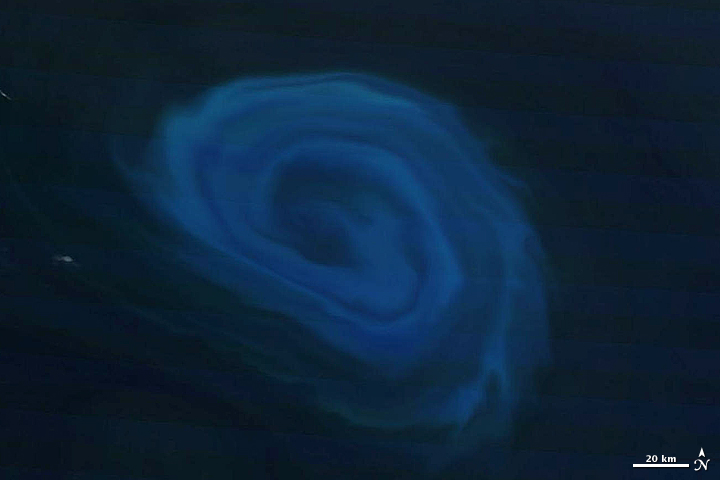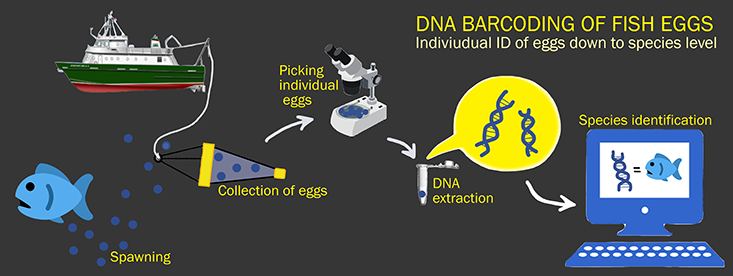Written by: Makenzie Kerr, Breitbart Lab Manager & Outreach Coordinator
Something wasn’t right.
Poring through the data, we felt like cartoon characters with floating question marks above our heads. In a previous study our team at the USF College of Marine Science showed that eggs spawned from fish that roam continental shelves “should” be found in the shallow waters. Why did we find them in the middle of the Florida Straits, the deep channel found between Florida and Cuba?
From May 13th, 2017 to May 25, 2017 we collected eggs at 23 stations across the Florida Straits (from the Dry Tortugas to Havana) and along the northwest coast of Cuba. We identified 564 eggs with genetic barcodes and found new spawning information for many species, including Louvar, Plate Fish, and Brilliant Pomfret.
Questions flooded our brains like raindrops in a Florida summer downpour. Did the fish swim to the middle of the channel to spawn, just to be swept into the quick-moving Florida Current? Were the fish doing this on purpose? Did we simply make a mistake in our data collection or analysis? The Florida Current moves at about the speed of a lazy river, which sounds slow… but have you ever tried to swim against one? It is quite difficult, especially for an egg without any fins or movement ability. We kept returning to the idea that perhaps the eggs were swept into a current that pulled them offshore.
But how?
We raced to our friendly neighbor’s office, Dr. Chuanmin Hu, who happens to be a physical oceanographer. We told him our dilemma. He graciously stopped what he was doing and within a few minutes and just a couple clicks, opened a map of our study area. Coincidentally, his lab has been studying this dynamic area using satellite imagery for years.
We saw it immediately.
Dr. Hu pulled up images showing how the surface waters of our study area moved during collection times years earlier. There it was: a beautiful hurricane-like current, swirling like a whirlpool over our stations. This type of current is called a cyclonic eddy, pulling water from the southern continental shelf of Florida into the middle of the Florida Straits. This surface water current was our answer. Although fish eggs are only hours old when they are collected, quick-moving waters can easily them away from their spawning location.

A deep-ocean eddy captured by NASA’s Terra satellite on December 26, 2011. This natural-colored image shows plankton blooming (light blue) and swirling in this open ocean storm.
So that’s why we found eggs spawned by shallow-water fish in the deep waters of the
Florida Straits! We told the details of the story in a recent publication, which was a reminder of the power of interdisciplinary research.
This study has paved the path for more interdisciplinary projects within the College of Marine Science. For example, we are currently working with physical oceanographers from Dr. Robert H. Weisberg’s lab on our most recent studies on the West Florida Shelf. The more we understand where fish are spawning, the more we can understand their full life cycle and how to protect them. Most fish do not spend their whole lives in one place, so understanding where and when they move can help us protect the most vulnerable populations.
Interested in how the eggs are collected, processed and more? Check out these fun resources:
